17 Smart Habits For Boarding A Plane + 5 You Should Stop Doing Now
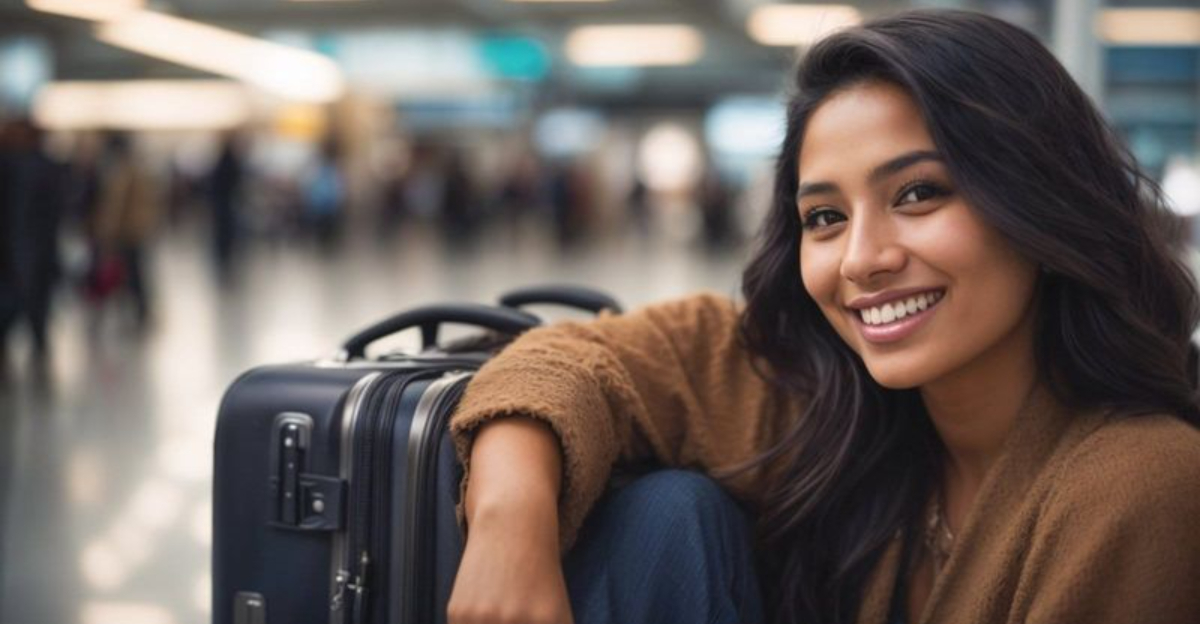
Stepping onto a plane shouldn’t feel like a competitive sport—but sometimes it does, right? Between seat scrambles, overhead bin battles, and that one guy blocking the aisle while unpacking his life, boarding can set the tone for your whole flight.
Over the years, I’ve learned a few habits that make this part of the journey way smoother—not just for me, but for everyone around me. Things like having your essentials in-hand (not buried under three jackets), knowing your seat number before you’re at the door, and—please—I beg you, stepping aside if you need to reorganize mid-aisle.
Want to make your next flight feel more first-class, even if you’re in row 32? Start with these simple tips—and steer clear of the small mistakes that snowball into major headaches.
1. Keep Passport Handy
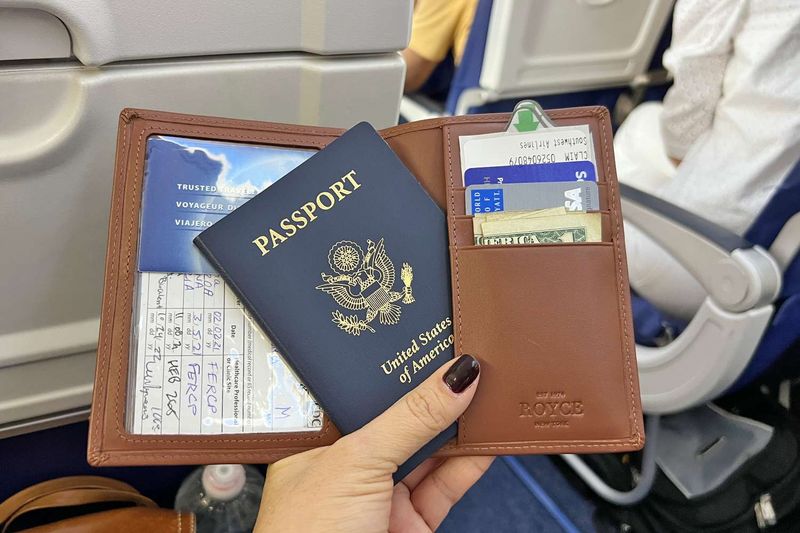
Your passport and boarding pass should be the easiest things to grab in your bag. Place them in an outside pocket or dedicated travel wallet that you can reach without digging through everything else.
This simple habit saves precious seconds at multiple checkpoints. I always keep mine in the same zippered compartment of my carry-on or jacket pocket. Having to frantically search through your belongings while a line forms behind you creates unnecessary stress.
Pro tip: Take a digital photo of your documents as backup, but remember physical copies are still required at checkpoints.
2. Forgetting to Hydrate (Stop This)
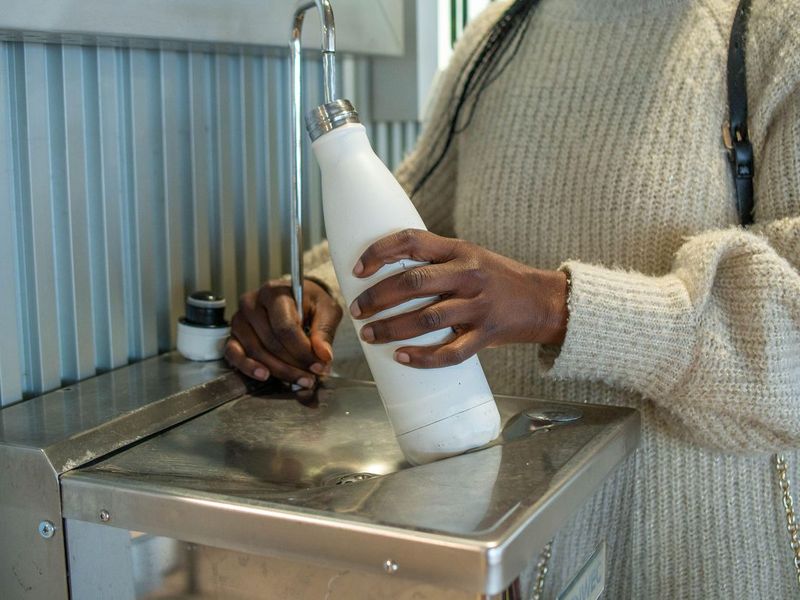
Flying dehydrates you faster than you might realize. The low humidity in airplane cabins (usually below 20%) rapidly dries out your skin, eyes, and respiratory system.
Many travelers skip drinking water to avoid bathroom trips, but this is a mistake. I make it a point to drink at least 8 ounces of water for every hour in the air. Dehydration worsens jet lag, causes headaches, and makes you more susceptible to catching illnesses.
Bring an empty water bottle through security and fill it at a fountain before boarding. Your body will thank you upon arrival.
3. Board When Group Called
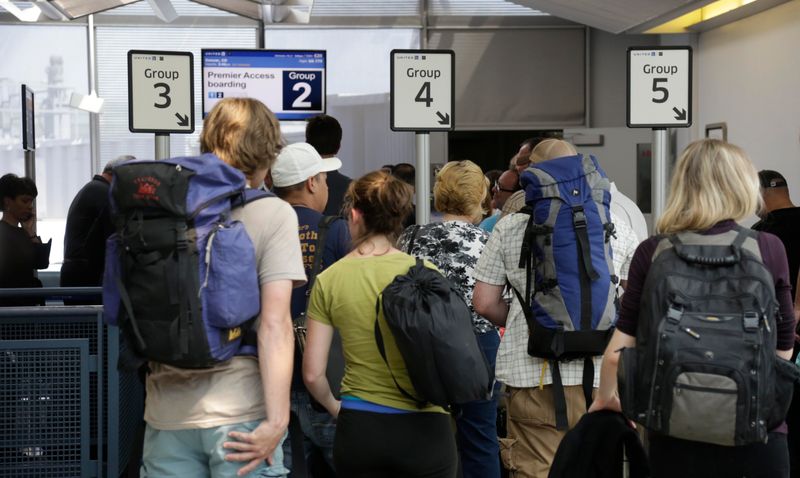
Patience truly is a virtue when it comes to the boarding process. Airlines have specific boarding sequences for good reasons – they help distribute passengers throughout the aircraft efficiently and reduce congestion.
Waiting for your actual boarding group to be called means you won’t be turned away at the gate or forced to stand awkwardly in a crowded line. I’ve seen too many people try to board early only to be sent back, creating delays for everyone.
Listen carefully to announcements and check your boarding pass for your group number or letter. When it’s your turn, proceed confidently.
4. Blocking the Aisle (Stop This)
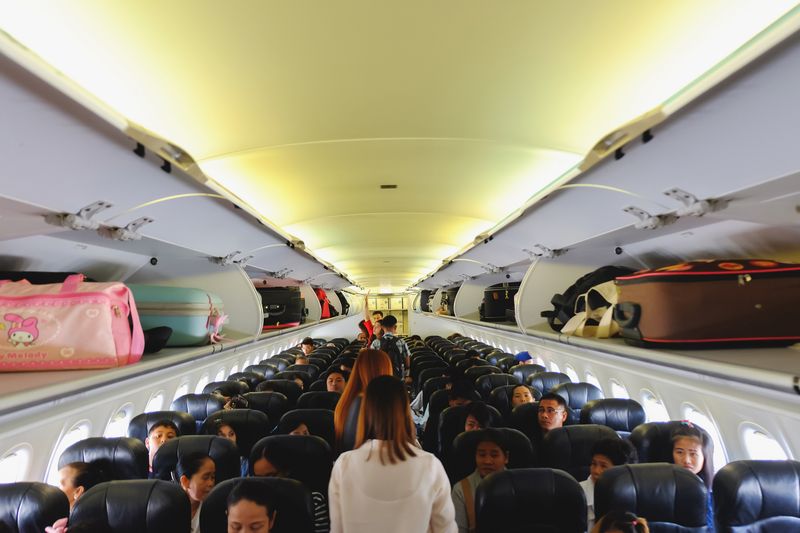
Nothing creates more boarding frustration than passengers who stop in the middle of the airplane aisle to organize belongings or remove items from bags. This traffic jam forces everyone behind you to wait, potentially delaying departure.
Instead, I quickly move to my assigned row, place essential items in the seat pocket, and stow my bag efficiently. If I need to access something, I wait until I’m seated or step aside to let others pass. Remember that dozens of people are trying to reach their seats behind you.
Keeping the aisle clear is one of the most considerate things you can do.
5. Use Overhead Space Efficiently
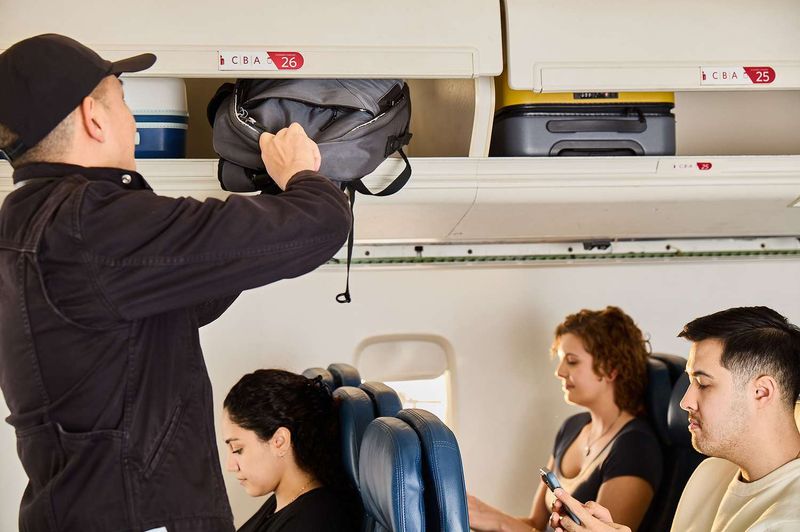
Maximizing overhead bin space is practically an art form. When placing your carry-on, position it wheels-first into the bin (not sideways). This orientation allows more bags to fit and prevents items from falling when the bin is opened.
Soft items like coats and small bags should go on top of hard suitcases or underneath the seat in front of you. I’ve noticed many travelers waste valuable overhead space with items that could easily fit elsewhere.
If your row’s bin is full, look for space closer to the back of the plane rather than the front, as forward bins fill up fastest.
6. Label Your Carry-On
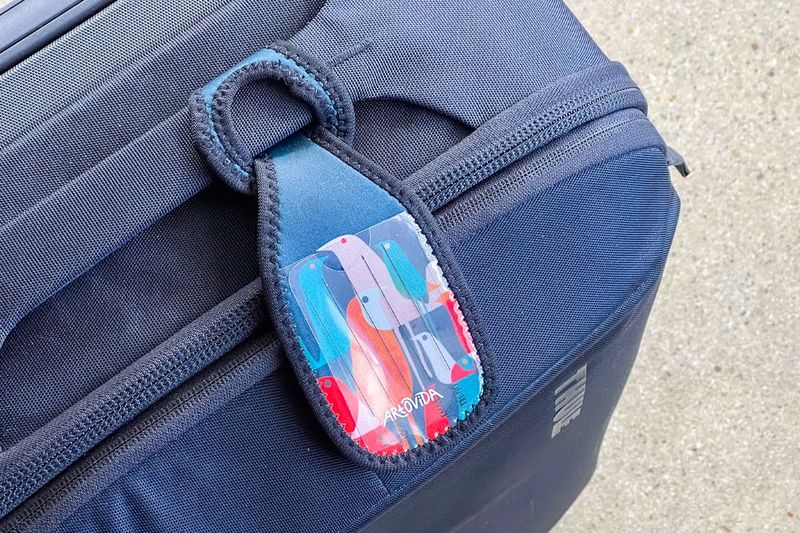
Black rolling suitcases look remarkably similar in the chaos of deplaning. Adding a distinctive luggage tag, colorful ribbon, or unique sticker to your carry-on prevents confusion and potential loss.
I once grabbed the wrong bag from the overhead bin – it was identical to mine – and didn’t realize until I was halfway through the terminal! Now I use bright yellow luggage tags with my contact information clearly visible.
This habit also helps flight attendants identify your bag if they need to move it during the flight, making it easier for them to tell you where they’ve relocated it.
7. Dress in Layers
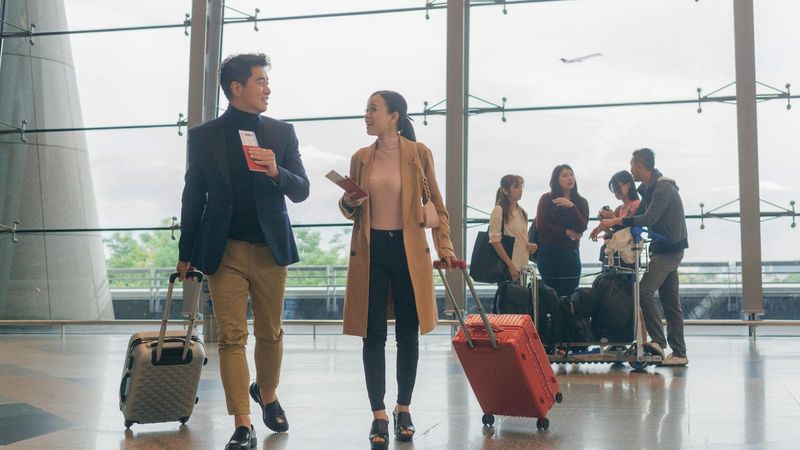
Airplane temperatures are wildly unpredictable – freezing cold one minute, uncomfortably warm the next. Wearing layers gives you control over your comfort without having to bother flight attendants.
My go-to outfit includes lightweight pants, a t-shirt, a zip-up hoodie or cardigan, and a light jacket that can double as a blanket. Compression socks are also essential for flights longer than three hours to prevent swelling.
If you’re traveling between different climates, layering makes the transition much easier. You can simply add or remove items as needed without having to completely change your outfit.
8. Ignoring Gate Announcements (Stop This)
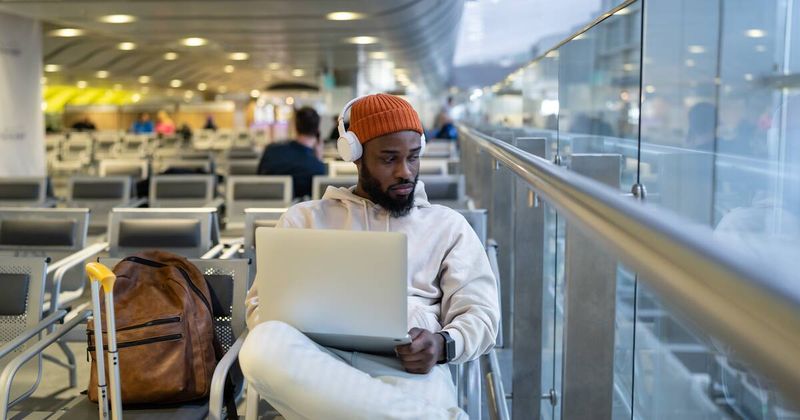
Gate announcements contain crucial information about your flight. Wearing headphones or being absorbed in your phone might cause you to miss important updates about gate changes, boarding times, or seat reassignments.
I’ve seen passengers completely miss their flights because they didn’t hear final boarding calls. Even if you’re using the airline app, technical glitches can prevent timely notifications. Keep one ear free when sitting at the gate, or at least periodically remove headphones to check for announcements.
Flight status boards aren’t always updated immediately, so listening to announcements is your best source of real-time information.
9. Charge Devices Beforehand
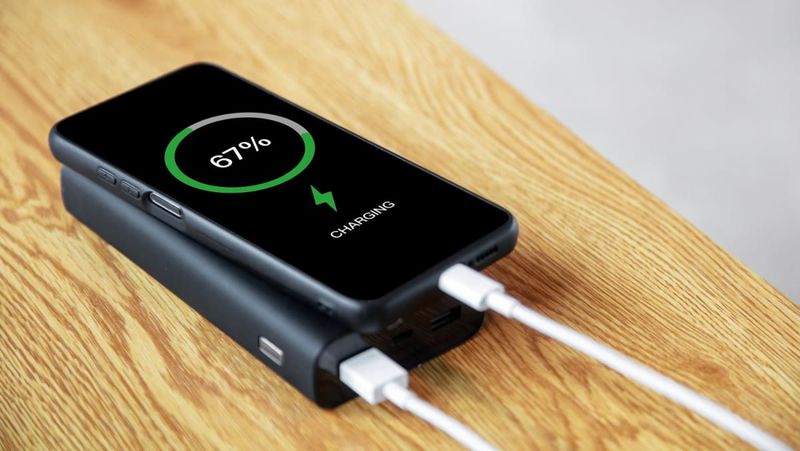
Airport outlets are prime real estate, often surrounded by desperate travelers with dying phones. Charging all your devices before leaving home eliminates this stress and ensures you’ll have entertainment throughout your flight. I always pack a fully-charged power bank for longer journeys.
Many planes have USB ports or power outlets, but they don’t always work reliably, and older aircraft might not have them at all. Fully charged devices are especially important if you use electronic boarding passes or need to arrange transportation upon arrival.
Nothing’s worse than landing in a new city with a dead phone and no way to access your ride information.
10. Bring Sanitizing Wipes
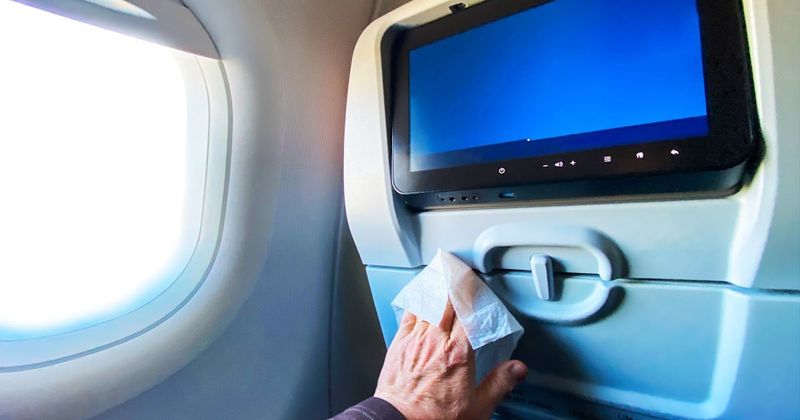
Airplanes are cleaned between flights, but rarely deep-cleaned. The tray table, armrests, seatbelt buckle, and entertainment screen are touched by countless passengers daily and harbor surprising amounts of bacteria.
A quick wipe-down of your seating area provides peace of mind and reduces your chances of picking up germs. I always pack travel-sized sanitizing wipes in my personal item for easy access. Don’t forget to wipe the air vent and window shade controls too – these are often overlooked during regular cleaning.
Just be considerate and dispose of used wipes properly instead of stuffing them in the seat pocket.
11. Use the Airline App
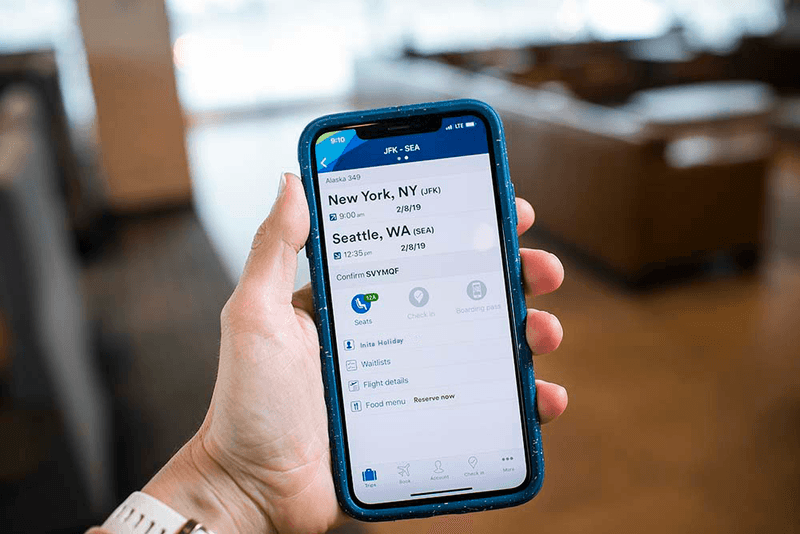
Airline mobile apps provide real-time updates about gate changes, delays, and boarding status that often come through before public announcements. They also store your boarding pass digitally, reducing paper waste and the risk of losing your ticket.
Most airline apps now show interactive airport maps, helping you navigate unfamiliar terminals efficiently. I’ve saved countless minutes using these maps to find the fastest route to my gate. Another benefit is tracking checked luggage through the app.
You’ll know immediately if your bag makes it onto your flight and where to find it at baggage claim, eliminating uncertainty and potential stress upon arrival.
12. Wear Slip-On Shoes
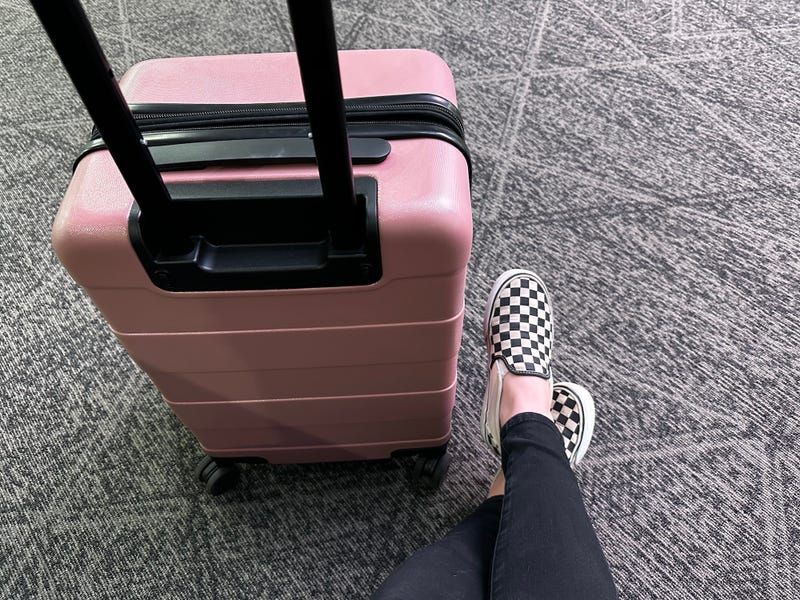
Security checkpoints require removing shoes in many countries. Wearing complicated lace-ups or boots creates unnecessary delays for yourself and everyone behind you.
Slip-on shoes like loafers, flats, or sneakers without laces make the security process much smoother. I prefer shoes with socks for hygiene reasons since you’ll be walking on the floor barefoot. Comfortable slip-ons also make the flight itself more pleasant.
Your feet naturally swell at high altitudes, and being able to easily remove shoes during a long flight improves circulation and comfort. Just remember to put them back on before walking to the bathroom!
13. Take Only What You Need
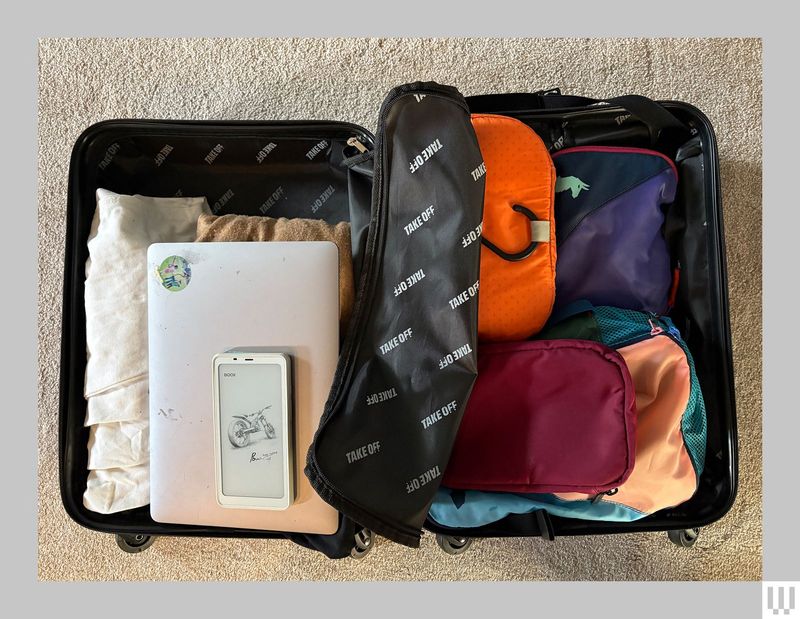
When boarding, separate the items you’ll actually use during the flight from those you won’t need until arrival. Too many passengers dig through overstuffed bags mid-flight, disrupting their seatmates and dropping items.
My system involves a small pouch containing only flight essentials – headphones, lip balm, medication, phone, and a snack. Everything else stays secured in my carry-on overhead. This approach means I’m settled quickly after boarding and don’t need to access the overhead bin during the flight.
It’s especially helpful on crowded flights where standing up and accessing your luggage mid-flight inconveniences everyone in your row.
14. Stand Too Early (Stop This)
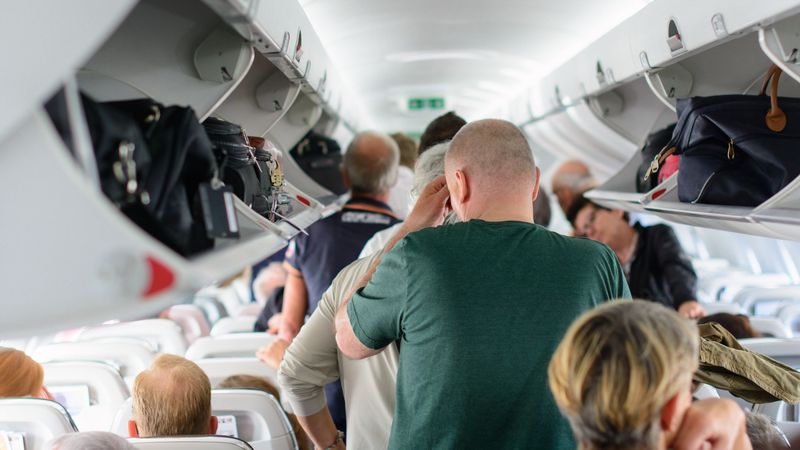
The moment the plane lands, dozens of passengers leap to their feet despite the seatbelt sign remaining illuminated. This premature standing creates a safety hazard – aircraft can still brake suddenly during taxiing. Standing early doesn’t get you off the plane any faster.
Deplaning happens row by row from front to back, so standing for 15 minutes hunched under the overhead bins only results in discomfort and frustration. I stay seated until the rows ahead begin to move, using this time to gather my belongings and ensure I haven’t left anything behind.
This approach is safer, more comfortable, and doesn’t change your exit time at all.
15. Know Your Seat Row
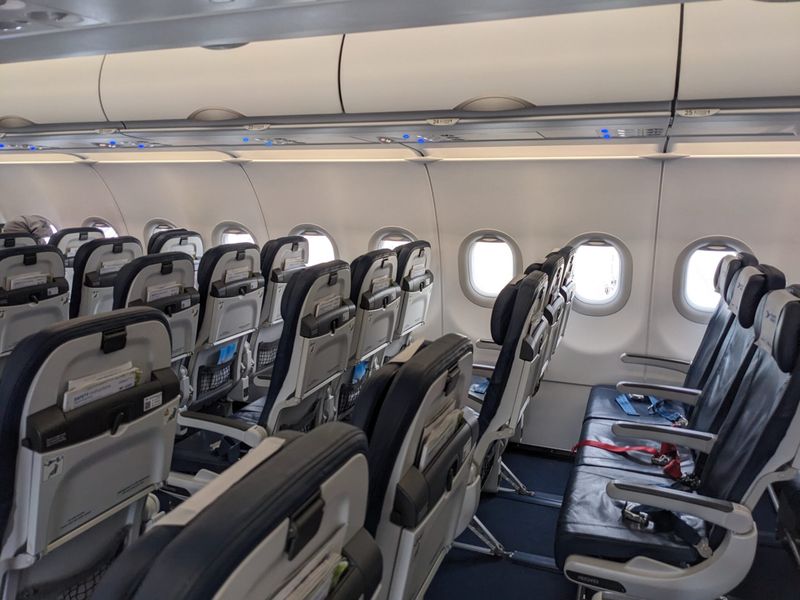
Memorizing your seat assignment before boarding eliminates the need to stop in the aisle checking your boarding pass repeatedly. This small preparation makes the boarding process smoother for everyone.
If I’m traveling with family or friends, I make sure everyone knows their own seat number before we step onto the plane. This prevents confusion and the awkward shuffling that happens when people realize they’re in the wrong place.
Taking a quick screenshot of your boarding pass on your phone provides easy reference without fumbling with papers or opening apps. Just remember to check if your seat assignment changed during any last-minute flight updates.
16. Pack Essentials Accessibly
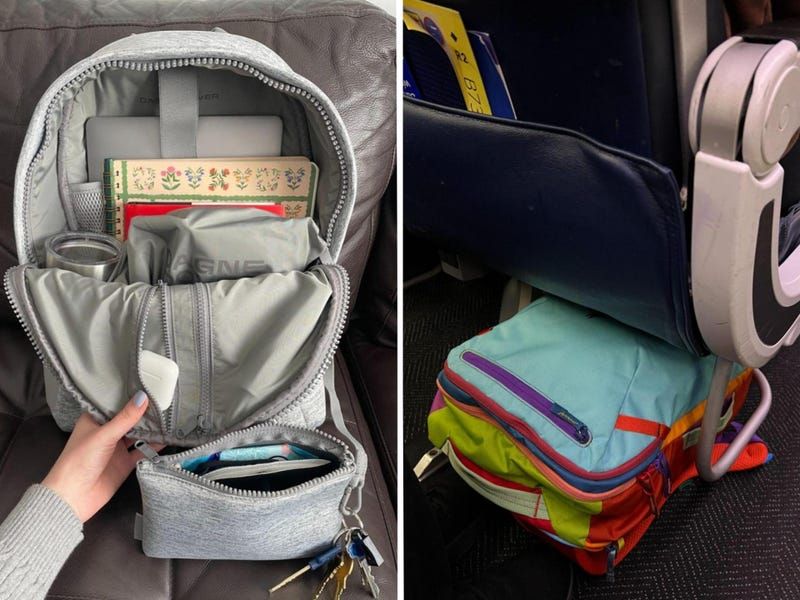
Items you’ll need during the flight should be packed where you can easily reach them without standing up. This includes medications, headphones, reading materials, and any comfort items like neck pillows.
I organize my personal item with labeled compartments or small pouches, each containing different categories of essentials. The items I’ll need first (like headphones) go in the most accessible pocket. For medications or items you absolutely cannot fly without, never pack them in checked luggage.
Keep them in your personal item that stays under the seat, not in the overhead bin that might be several rows away if bins near your seat fill up.
17. Check Gate Changes
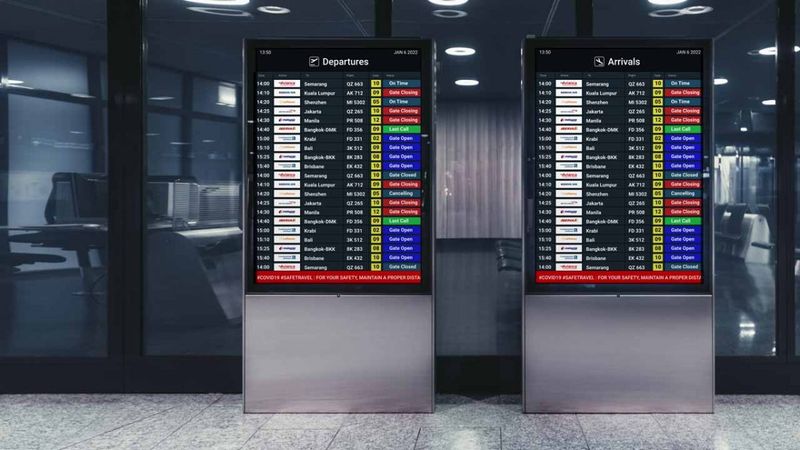
Gate assignments frequently change, sometimes multiple times before departure. Assuming your departure gate remains the same from when you checked in could leave you sprinting across the terminal at the last minute.
Airports are massive, and getting from one concourse to another can take 15-20 minutes of brisk walking. I make a habit of confirming my gate on the departure boards or airline app every 30 minutes while waiting. This habit has saved me numerous times, especially during weather delays when airlines shuffle gates to accommodate schedule changes.
Always verify your gate before heading to airport restaurants or shops that might be far from your departure area.
18. Carry a Snack

Flight delays happen, and airline meals aren’t guaranteed – especially on domestic flights. Packing non-perishable snacks prevents hunger-induced stress and saves you from overpriced airport food.
Granola bars, nuts, dried fruit, or crackers are perfect travel companions that won’t get squished or spoil. I always bring more than I think I’ll need because sharing with a hungry seatmate is an excellent way to make friends.
Choose snacks that aren’t messy, strongly scented, or noisy out of consideration for those around you. Also remember that some countries have strict rules about bringing food across borders, so consume everything before landing on international flights.
19. Stay Calm and Courteous
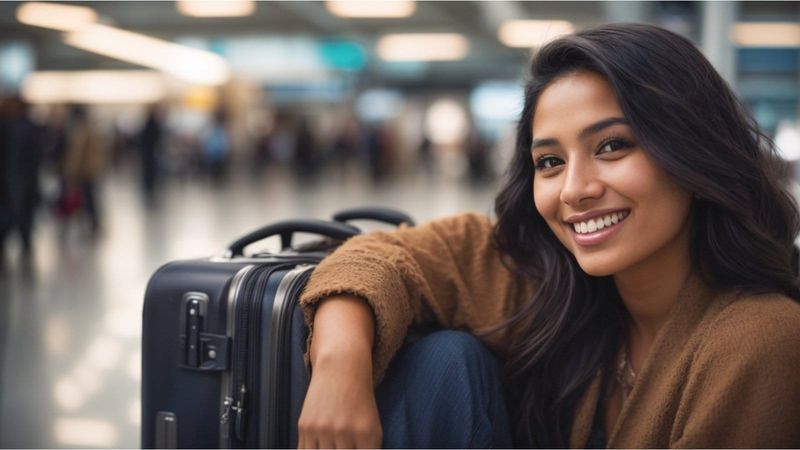
Travel stress is contagious, but so is calm. Maintaining your composure during delays, gate changes, or boarding issues sets a positive tone and actually helps resolve problems faster. Flight attendants and gate agents deal with frustrated passengers constantly.
When you approach them with courtesy and patience, they’re more likely to go the extra mile to assist you. I’ve received unexpected upgrades simply by being understanding during difficult situations. Deep breathing exercises help manage travel anxiety.
If you feel frustration building, try counting to ten slowly or focusing on something positive about your trip. Your mood affects both your experience and that of everyone around you.
20. Help Others if Needed
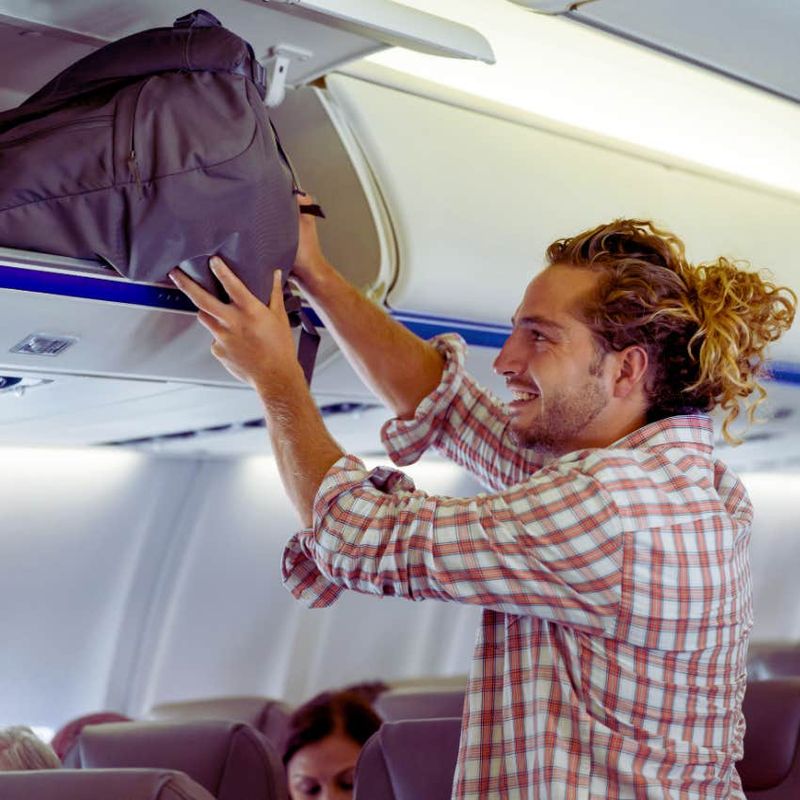
Offering assistance to fellow travelers creates good karma and a more pleasant journey for everyone. Elderly passengers, parents with young children, or those with disabilities often appreciate an extra hand with overhead bins or navigating tight spaces.
Small gestures make a big difference – helping someone find their seat, sharing flight information they might have missed, or offering to trade seats so families can sit together. I’ve been on both the giving and receiving end of travel kindness. Just be mindful of boundaries and ask before helping.
Some people prefer independence, while others will be genuinely grateful for your assistance. Either way, creating a culture of helpfulness makes air travel more humane.
21. Rush the Jet Bridge (Stop This)
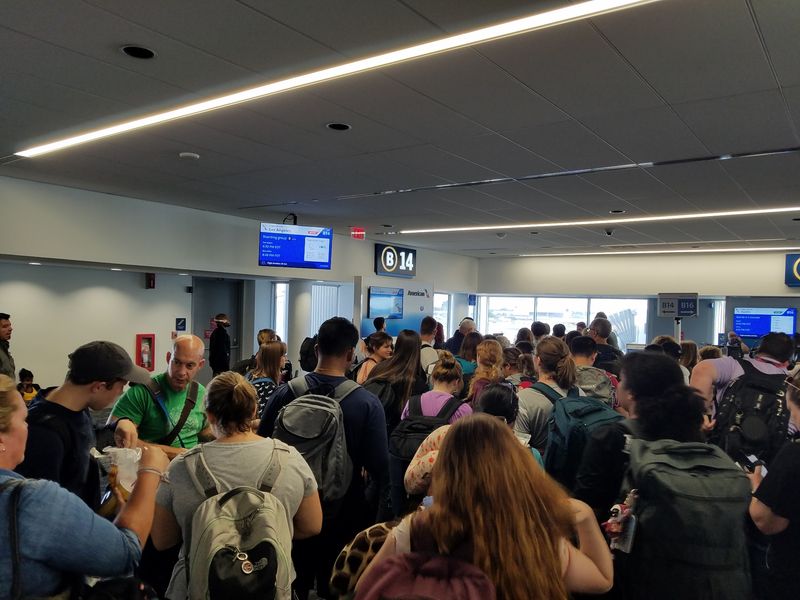
Crowding the jet bridge entrance creates unnecessary stress and doesn’t get you on the plane any faster. The bottleneck inevitably forms at the aircraft door, not at the gate podium. Rushing creates anxiety for everyone, particularly those with mobility issues who get pushed aside in the stampede.
The plane won’t leave without you if you’re at the gate with a valid boarding pass during the boarding process. When your group is called, approach calmly instead of racing to be first. You’ll still reach your assigned seat with plenty of time to settle in.
This patience particularly pays off when boarding is delayed – standing in a crowded jet bridge for 20 minutes is far less comfortable than waiting seated in the terminal.
22. Follow Crew Instructions
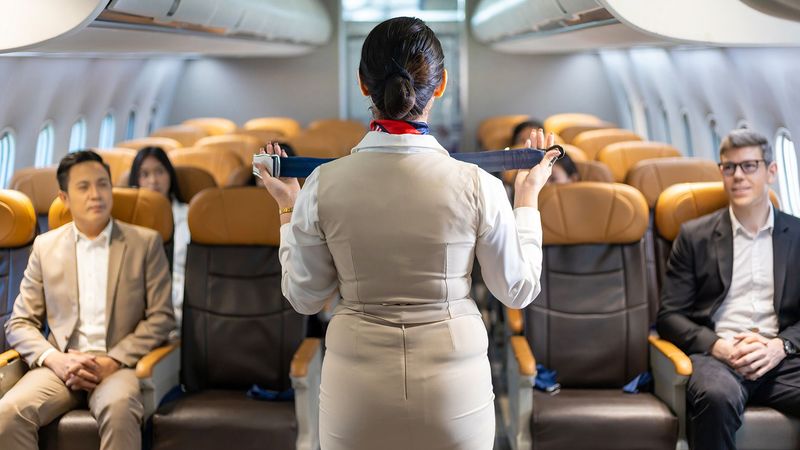
Flight attendants aren’t there just for drink service – they’re highly trained safety professionals whose instructions are mandatory, not optional. Following their guidance promptly keeps everyone safe and prevents delays.
When crew members ask you to stow items, stay seated, or adjust your seat position, they’re following regulations designed to prevent injuries during turbulence or emergencies. I always make eye contact and acknowledge their instructions to show respect for their authority.
Being cooperative with the crew often results in better service throughout your flight. Flight attendants remember both the difficult passengers and the pleasant ones, and they have considerable discretion in making your journey more comfortable.
